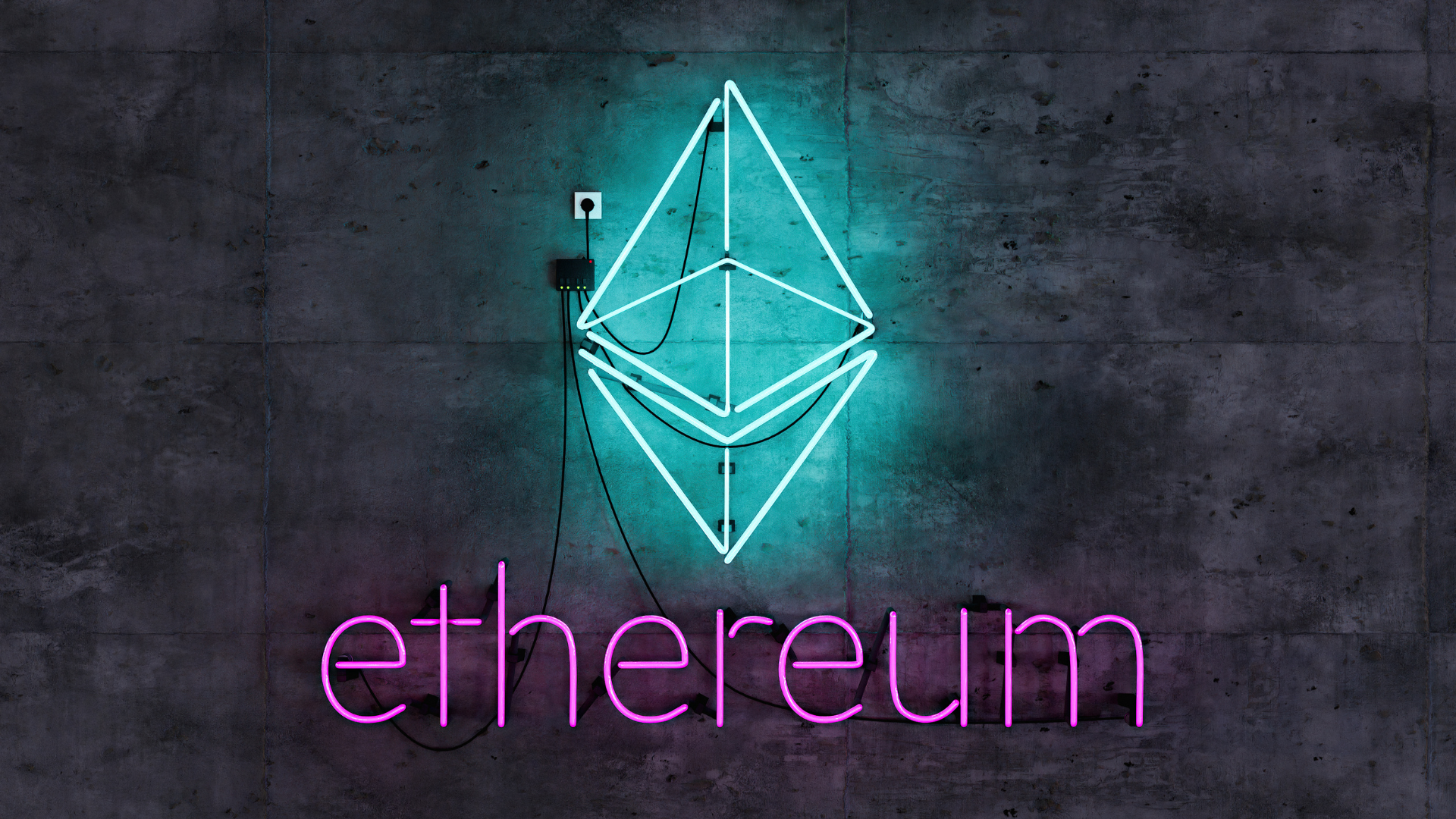In this comprehensive guide, we’ll delve into the heart of Ethereum, demystify Ethereum 2.0, explore the remarkable realm of smart contracts, and examine the intriguing relationship between Ethereum and Bitcoin. Let’s dive deeper into the intricacies of Ethereum!
Ethereum: A Platform Beyond Currency
While Bitcoin is revered as the pioneer of cryptocurrencies, Ethereum emerged as a groundbreaking platform that extends the potential of blockchain technology beyond just digital currency. Vitalik Buterin, a Russian-Canadian computer programmer first described Ethereum in a white paper in November 2013 when he argued that Bitcoin needed the ability to provide application development.

Ethereum provides a versatile foundation for creating decentralized applications (dApps) and smart contracts, enabling developers to build a wide range of innovative solutions across various industries.
Smart Contracts: The Backbone of Ethereum
One of the most revolutionary aspects of Ethereum lies in its support for smart contracts – self-executing agreements where the terms are directly written into code. These digital agreements automate transactions and eliminate the need for intermediaries, promising increased efficiency, reduced costs, and enhanced trust across numerous industries, from finance and real estate to supply chain management and healthcare.
“[Whether] it’s multi-chain or cross-chain with bridges, I do believe there will be a place for Ethereum. It’s just proven to be a really strong ecosystem,” says @CamiRusso, ahead of speaking at #Consensus2023 next week.
“The first mover advantage for smart contracts chain was…
— CoinDesk (@CoinDesk) April 19, 2023
Ethereum vs. Bitcoin
Although Ethereum and Bitcoin both hold prominent positions in the world of cryptocurrencies, they serve distinct purposes and have unique goals. Bitcoin, as the first decentralized digital currency, has primarily focused on financial innovation and challenging traditional fiat monetary systems. Ethereum, conversely, has taken a more versatile approach, offering a platform for creating dApps and smart contracts that expand the possibilities of blockchain technology beyond financial transactions.
The Ethereum Ecosystem: A Synergy of Components
Ethereum’s robust ecosystem comprises several interrelated components, including its native cryptocurrency Ether (ETH), smart contracts, and decentralized applications (dApps). Ether, the lifeblood of the network, fuels transactions and incentivizes network participants.
Smart contracts enable developers to create self-executing agreements that run automatically when specific conditions are met. Decentralized applications (dApps) built on top of smart contracts facilitate seamless and secure interactions between users, enabling a diverse range of use cases and applications.
Ethereum 2.0: A Major Upgrade for Scalability and Sustainability
The Ethereum 2.0 upgrade addresses some of the current limitations of the Ethereum network, such as scalability, energy consumption, and security. By introducing Proof of Stake (PoS) as a consensus mechanism and implementing sharding, Ethereum 2.0 seeks to significantly enhance transaction throughput, reduce fees, and bolster the network’s security and sustainability.
Proof of Stake vs. Proof of Work
The transition from Proof of Work (PoW) to Proof of Stake (PoS) in Ethereum 2.0 marks a significant shift in the network’s consensus mechanism. PoW, used by Bitcoin and Ethereum 1.0, requires miners to solve complex mathematical problems to validate transactions and secure the network.
This process consumes vast amounts of energy and computing power. PoS, on the other hand, relies on validators who stake their Ether to propose and validate new blocks. This approach is more energy-efficient and environmentally friendly, making Ethereum 2.0 a more sustainable and scalable solution.
The Future of Ethereum
As Ethereum continues to evolve and attract more developers and users, its potential to revolutionize various industries and disrupt traditional systems becomes increasingly evident. However, the network still faces challenges like high gas fees, network congestion, and complex user experiences. Upgrades and innovations, such as Ethereum 2.0 and Layer 2 scaling solutions, may hold the key to overcoming these hurdles.
🔷 COMING SOON FOR ETH 🔷
🧵 Here are the next 3 big things on the Ethereum roadmap from here on out.
1/5 pic.twitter.com/4bcU0PM6d2
— Bankless (@BanklessHQ) April 20, 2023




